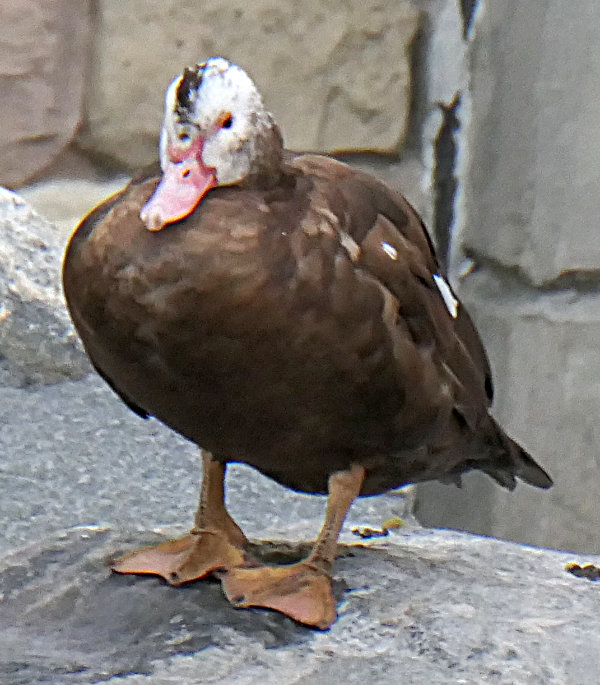Like father, like son: Jeffrey Dahmer's claims about evolution in light of Lionel Dahmer's creationism
Glenn Branch is deputy director of the National Center for Science Education, a nonprofit organization that defends the integrity of American science education against ideological interference. He is the author of numerous articles on evolution education and climate education, and obstacles to them, in such publications as Scientific American, American Educator, The American Biology Teacher, and the Annual Review of Genomics and Human Genetics, and the co-editor, with Eugenie C. Scott, of Not in Our Classrooms: Why Intelligent Design is Wrong for Our Schools (2006). He received the Evolution Education Award for 2020 from the National Association of Biology Teachers.
This essay originally appeared on Righting America on December 26, 2023, and is republished with permission.

Lionel Dahmer, the father of the notorious serial killer Jeffrey Dahmer – the "Milwaukee Monster" who killed and dismembered 17 men and boys (mostly African Americans) – died on December 5, 2023. Lionel was the author of A Father's Story, a memoir of his son's youth first published in 1994. According to the obituary in The New York Times, "Mr. Dahmer described himself in his book as ‘almost totally analytical'—a chemist, comforted by the scientific predictability of his work, whose emotional life resembled a ‘broad, flat plain.'" But in fact, Lionel underwent a conversion experience in 1989 that affected not only his conception of the relation between religion and science, but also how his son is remembered.

![[Figure 1 of Puente-Lelievre, Matzke et al. 2023, Tertiary-interaction characters enable fast, model-based structural phylogenetics beyond the twilight zone, bioRxiv]](/web/20240114072044im_/http://pandasthumb.org/uploads/2024/CPL_etal_2023_Fig6_PDB_trees.png)


